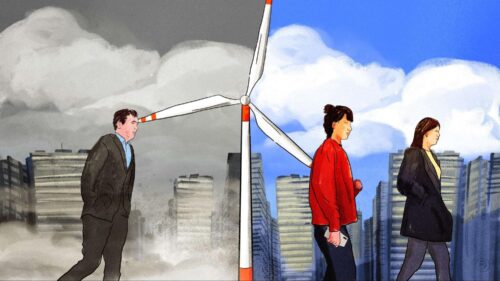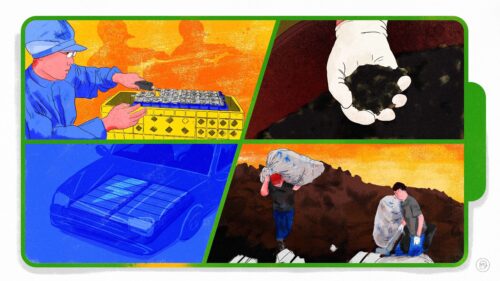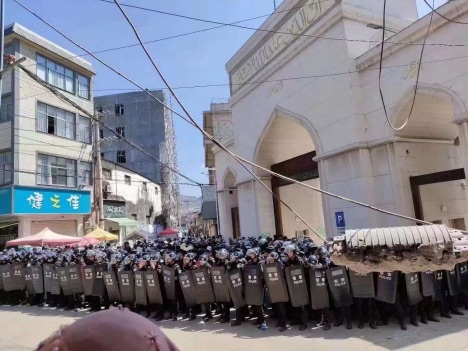Protests in Henan over fireworks ban and in Chongqing over unpaid wages
A province wide fireworks ban led to tensions with Henan residents as the country celebrates its first Chinese New Year after the lifting of the COVID-zero policy, and discontent is brewing elsewhere.

Six people were arrested as of January 4 in central China’s Henan province following the flipping of a police car in retaliation against a province-wide ban on fireworks. Footage shows police arriving on the scene January 2, 2023 to enforce the ban on a group of residents in Luyi county, but frustrations led to the officers being shoved by the crowd who then proceeded to flip their vehicle, throwing fireworks at it, smashing its windows and at one point dancing on top of it. One video shows a resident — clad in a Balenciaga sweatsuit — brandishing the license plate he had torn off of the police car.
Chinese people have used fireworks to celebrate holidays, especially the New Year, since at least as early as the Tang Dynasty (618-907 AD). However, since the 1980s local Chinese governments have enacted a variety of fireworks bans citing concerns over safety, health and environmental pollution.
Rolling bans occurred across provinces in China from the 80s through the early 2000s but public pushback often led to the easing of bans for festivities. Public opinion shifted however after the catastrophic fires that occurred from 2009 to 2011. One notable example was the Beijing Television Cultural Center’s fire on February 9, 2009, owned by nationwide state broadcaster CCTV. The smaller building of the famous CCTV headquarters complex designed by architect Rem Koolhaas caught on fire during a fireworks display put on by CCTV, despite multiple warnings from the police. The damage to the building was so severe it took more than two years to repair.
A massive haze outbreak that occurred in January 2013 around Chinese New Year, affecting around 600 million people and covering a fourth of China’s territory was partly blamed on fireworks, and led to diminished public interest in pyrotechnics. While fireworks are nowhere near the largest contributor to pollution in the country, a sharp decrease in air quality has been noted around China’s Spring Festivals in multiple studies largely due to the fireworks used. Bans have helped in solving this problem, for example prior to the Beijing Winter Olympics in 2022 Beijing enacted a fireworks ban, after which the capital recorded its cleanest air for a Lunar New Year since it began monitoring air pollution over 9 years ago.
But the New Years celebrations this year are very different. For many Chinese people it is not only their only holiday of the year, it is also the first time they have seen their family members in as many as three years. This is especially true for China’s rural migrant workers, and Luyi county, where the outburst took place has around 65,000 rural workers employed with the over 100 makeup companies settled in the area.
While protests at this scale are not uncommon in China, the charged nature of the protestors and eagerness to take part in the destruction of public property begs the question: After the anti-lockdown protests of late 2022 have people become more willing to take to the streets? Already in the ten days of this year, there have been protests at a COVID-test factory in the city of Chongqing for unpaid wages, and protests against Tesla connected to price cuts, in addition to the Henan fireworks demonstrations.
Make sure to check out our coverage of the story on TikTok @chinavibeofficial.
Further reading on the China Heritage website: Xi Jinping’s Harvest — an anthem for China’s disaffected Huminerals (人礦 rén kuàng)






